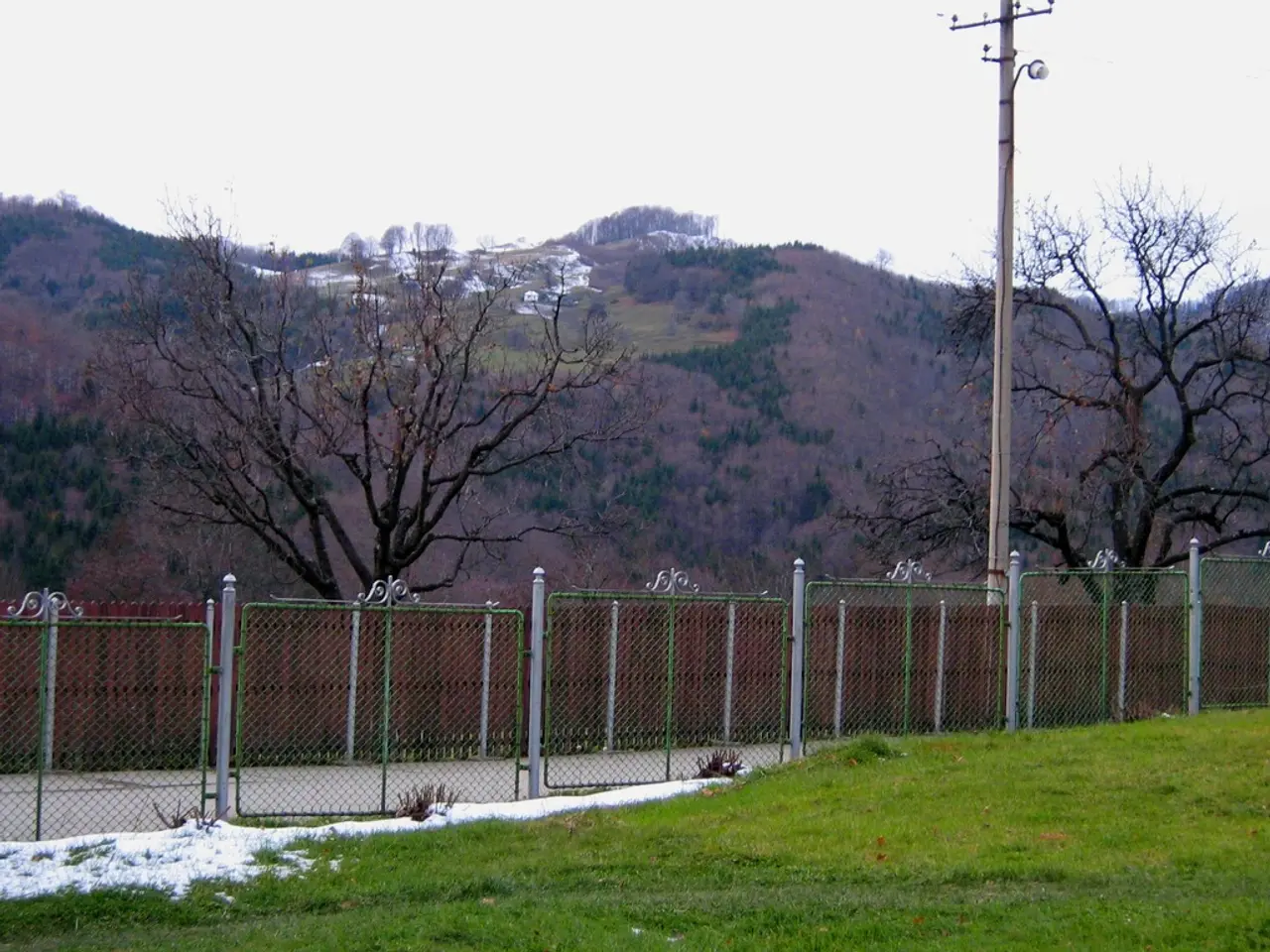Skyrocketing property prices in urban centers and the Alps make them nearly untouchable for the average buyer. - Skyrocketing real estate prices in city centers and mountain resorts make it a hard reach for many potential buyers
The affordability of housing in Germany varies significantly between smaller metropolitan areas, rural regions, major cities (metropolises), and Alpine regions. Several interlinked factors shape these differences, including supply and demand dynamics, geography and land use, policy and market structures, and cost of living components.
### Supply and Demand Dynamics
Major cities like Berlin, Munich, and Frankfurt experience high demand for housing due to employment opportunities, cultural amenities, and international appeal, which drives up prices. Small cities and rural areas, in contrast, typically have stable or declining populations, resulting in lower demand and more affordable housing. There is a pronounced trend of migration toward larger urban centers across Europe, intensifying housing demand in metropolises while relieving pressure on smaller towns and countryside areas.
### Geography and Land Use
Alpine regions are constrained by challenging terrain, limited buildable land, and higher construction costs, all of which contribute to elevated housing prices. In contrast, rural and smaller metropolitan areas in flatter regions benefit from easier, cheaper development and more available land. Areas with good agricultural land, water access, and transportation links—common in rural and small-city settings—historically developed denser, more affordable housing, similar to patterns observed in other regions. Urban sprawl vs. compact development also plays a role, with major cities facing space constraints, leading to vertical development and higher land prices, while smaller cities and rural areas can expand horizontally, keeping land and construction costs lower.
### Policy and Market Structures
Germany’s rental market is broadly regulated, but enforcement and market pressures differ. Metropolises see more speculative investment and short-term rentals (e.g., Airbnb), inflating prices, whereas smaller markets remain more stable. Some rural and small-city municipalities may offer incentives or subsidies to attract residents, though these are less common in high-demand urban centers.
### Cost of Living Components
Rent is a major expense and is markedly higher in city centers than in rural or suburban areas. Utilities and services in larger cities also tend to be more expensive. While rural areas offer cheaper housing, they may lack access to certain services and require longer commutes, indirectly affecting overall affordability when considering total cost of living.
### Comparative Overview
| Factor | Metropolises/Alpine Regions | Smaller Metropolitan/Rural Regions | |-------------------------------|-------------------------------------|----------------------------------------| | **Housing Demand** | High (employment, amenities) | Low to moderate | | **Land Availability** | Limited (esp. Alpine) | Ample | | **Construction Costs** | Higher (terrain, regulations) | Lower | | **Population Trends** | Growing (urbanization) | Stable or declining | | **Rental Prices** | Significantly higher | Much lower | | **Amenities/Services** | Extensive | Limited | | **Policy Pressures** | Strict, competitive | More relaxed |
## Conclusion
Housing in Germany’s smaller metropolitan and rural regions remains more affordable primarily due to lower demand, greater land availability, and reduced construction costs compared to the country’s major cities and Alpine areas. These regions benefit from less competitive markets, fewer space constraints, and different economic drivers, though they may offer fewer amenities and services. The contrast is sharpest in the Alpine regions, where geographic and infrastructural challenges further inflate costs, and in metropolises, where intense demand and limited supply keep prices high.
Smaller metropolitan areas are currently much more favorable for real estate interested parties, with Wolfsburg, Saarbrücken, Bremerhaven, Magdeburg, and Bremen at the top. The economist Michael Voigtländer expects annual increases of around 3-5% for both purchase prices and rents. All seven largest German cities are below the affordability threshold, with index values ranging from 59 in Munich to 90 in Hamburg. Miesbach is at the bottom of the list with an index value of 52 points. The seven largest German cities and their surroundings have barely affordable housing for most residents, despite decreased housing prices and increased incomes. Holzminden, located in Lower Saxony, is the most affordable municipality in Germany with an index value of 174. The Alpine region in upper Bavaria is extremely expensive. Interhyp CEO Jörg Utecht states that the only thing that helps is building.
- Investing in real estate in smaller metropolitan areas such as Wolfsburg, Saarbrücken, Bremerhaven, Magdeburg, and Bremen could offer better returns due to their relative affordability and potential for growth.
- Community aid and programs could be crucial in the development of the fisheries sector and rural economies in less densely populated regions, seeking to address the issues of limited land availability and resources, while also improving overall living conditions for communities.




